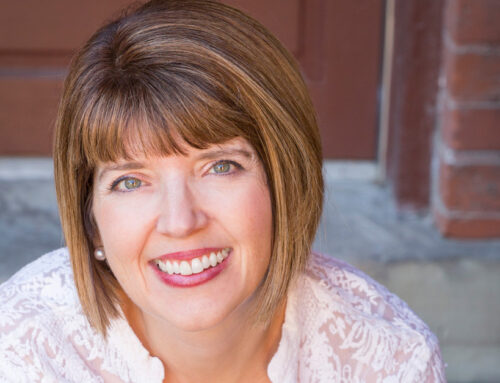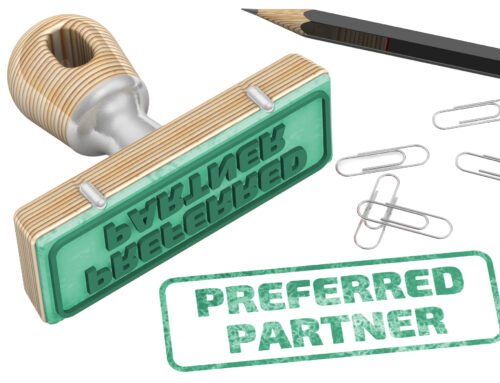
Todd Ruberg
Senior Partner

Marcy Selva
Senior Partner
By Todd Ruberg and Marcy Selva
The Consumer Products industry is undergoing a significant “sea of change” phase, and CPG sales organizations will need to evolve to interface, collaborate, and create value with their retailers. What are the key forces at work?
- The continuing consolidation of retailers (via growth and acquisition)
- The maturation of Omnichannel models and tactics
- The proliferation of competitors at retail enabled by DTC incubation models
- The rapid increase in the use of advanced analytics, robotics, and the coming utilization of artificial intelligence
- The increasing requirements from the retailers in the form of fines, fees, and deductions
There may be other category-specific forces, but Sales organizations must adapt given the magnitude of these forces and changes to be effective.
At Simpactful, we have a number of Partners and Consultants who have been responsible for designing Commercial Strategy and Sales Organizations for a number of CPG’s and have recently consulted to do the same for our clients. Here are some of the design considerations:
RE-SEGMENTING THE SALES FORCE: Today, segmenting customers and understanding true customer profitability is just one aspect of winning in the marketplace. To be successful in today’s marketplace, Sales leaders must have a general management mindset and understand the trade-offs required between growth and profitability. They also need to harness the power of the whole company, leveraging insights, innovation, and marketing support to be the preferred supplier to the few powerful retailers in the market without alienating the balance.
In today’s environment, leaders need to pursue an Omnichannel strategy where channels and retailers play clearly defined roles to effectively serve customers wherever they are, online or offline in their shopper journey while building the business. They must build fully integrated customer, inventory, and order management systems that manage data and experience flows across channels based on what customers prefer rather than on how systems are set up.
These leaders also need to be supported by their HQ organization to remain agile and have leading-edge capabilities. They look to their HQ Commercial team to gain this advantage. While many of these organizations have different acronyms such as MDO, MS&P, CCB, CS&P – they all share common traits as being the engine internally to translate and align category and brand strategies into customer selling propositions.
STAFFING THE RIGHT RESOURCES IN THE FIELD SALES ORGANIZATION: The last decade saw many Sales organizations increase the deployment of marketers and researchers into the field to activate evolving retail marketing and merchandising tools, and to harness shopper understanding to optimize (and often to transform) all aspects of the category and brand experience, from assortment and shelving principles to pricing and the shelf experience. This next evolution of resourcing for the largest and growing retailers will be focused on data science specialists, digital marketers and eComm platform experts, who can mine the growing body of joint retailer and brand data to create powerful insights to personalize and optimize the Omnichannel shopping experience.
INVESTING IN CRITICAL CAPABILITIES TO ENABLE THE SALES FORCE AND DRIVE PERFORMANCE: Inadequate understanding of today’s evolving requirements for success in Channel Management, Marketing and Supply Chain can be a significant source of inefficiency, rework, and employee frustration, and can undermine retailer trust. Leaders and their teams must be able to plan and execute effectively for today’s market realities in which buyers are raising the bar with automated supply chain requirements, Omnichannel go-to-market plans, and evolving retail execution needs. To win in this environment, companies must invest in 3 critical capability areas:
- Strategic Leadership Capabilities: Commercial leaders must transition from “brand sales managers” to agile, “holistic category partners and business managers,” who deeply understand the category, business, and operations from the shopper, retailer buyer, and manufacturer point of view to effectively sell and execute win-win-win propositions. Examples include driving an internal retailer-level P&L but are also fluent in their buyer’s category scorecard; They understand the evolving category shopper path to purchase and can identify where and how to influence behavior by leveraging insights and using the expanding suite of retailer media and merchandising tools. Commercial leaders are masters at data mining and storytelling, and they maintain an end-to-end understanding of operations requirements from forecasting to retail execution and can work with internal and retailer counterparts to minimize risk and maximize joint growth opportunities.
- The Right Data and Systems: A key emerging need is the ability to understand true profitability by retailers by integrating the rapidly evolving set of costs to serve. These not only include trade spend, but now must also factor in required marketing and media investments, data costs, supply chain fees, chargebacks and penalties, and more. Leveraging this more comprehensive view can enable better resource allocation to drive ROI. Investing in training sales reps on the ability to effectively leverage a retailer’s P&L, to turn insights into better selling decisions, and identify what is important to the retailer is critical in order to succeed.
- Right Operating Model and Culture: Having the right operating model to support change is critical to the success of investments in a new structure and capabilities. An operating model should be specific and measurable, including elements such as clear annual performance-improvement goals, periodic formal reviews throughout the year, and incentives aligned with institutional goals.
Culture should also not be underrated. Top-performing companies actively build a culture that’s customer-focused, managed for the long-term, creative, flexible, and fast-moving – focused on delivering the best customer experience. Driving a growth mindset with both design thinking and cross-functional collaboration helps ensure improvements are sustained over time. Leadership must role model new behaviors.
Our team of Simpactful Brand and Retail practitioners understand the evolving requirements to succeed and have experience redesigning Sales organizations across major CPG brands and clients of all sizes.
Concerned you are not ready? Simpactful can help! Contact our team today at contact@simpactful.com or 925-234-6394. Visit www.Simpactful.com





